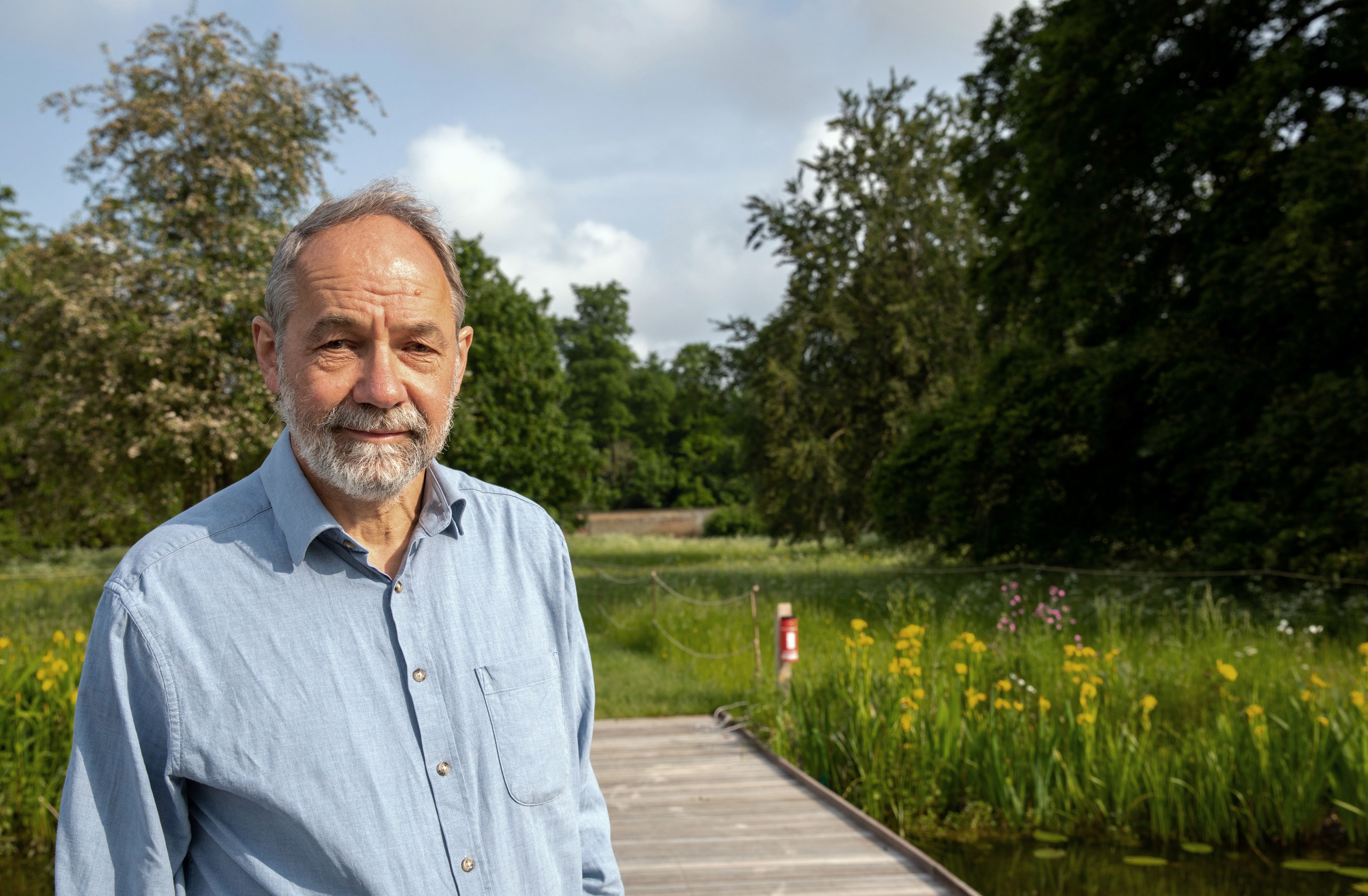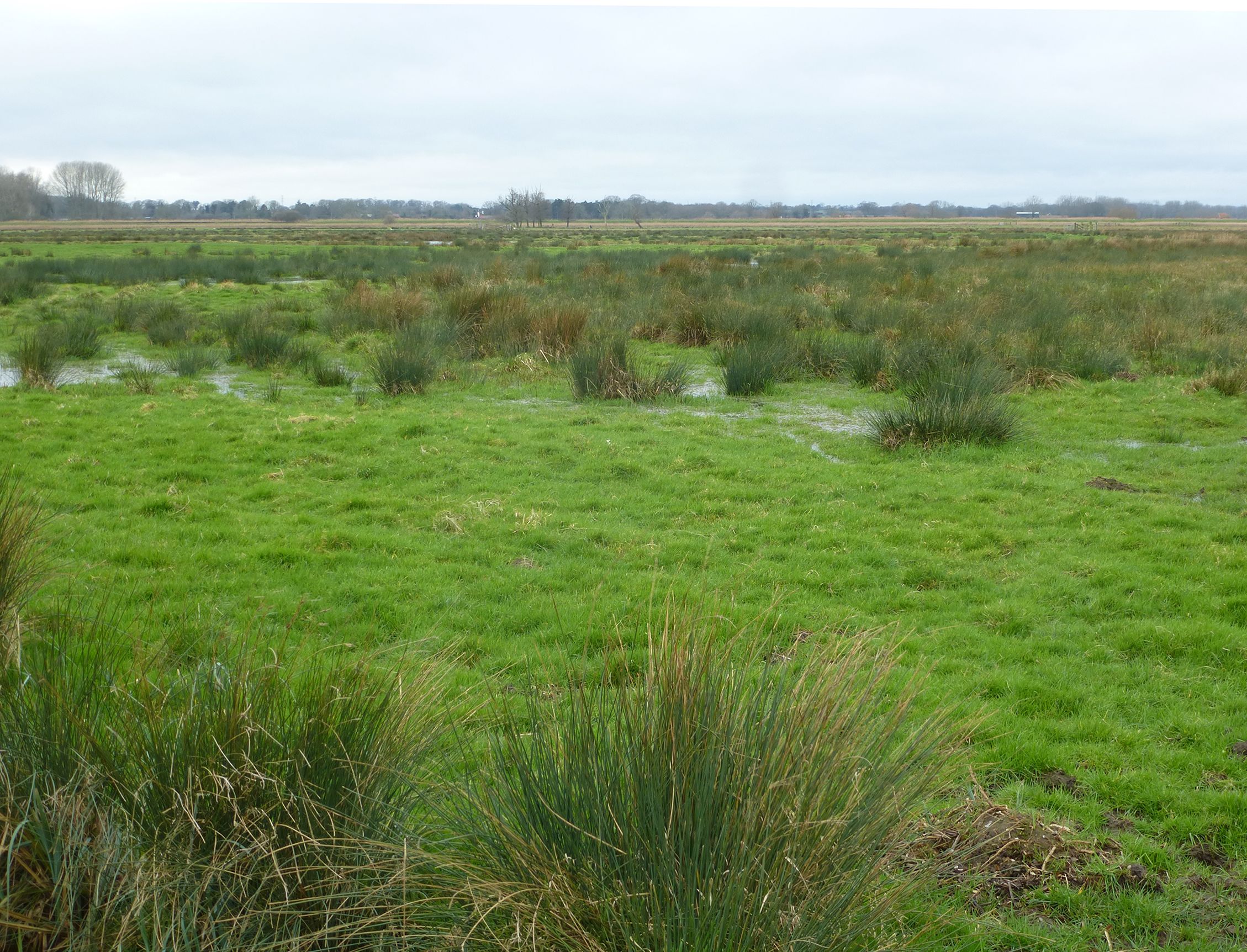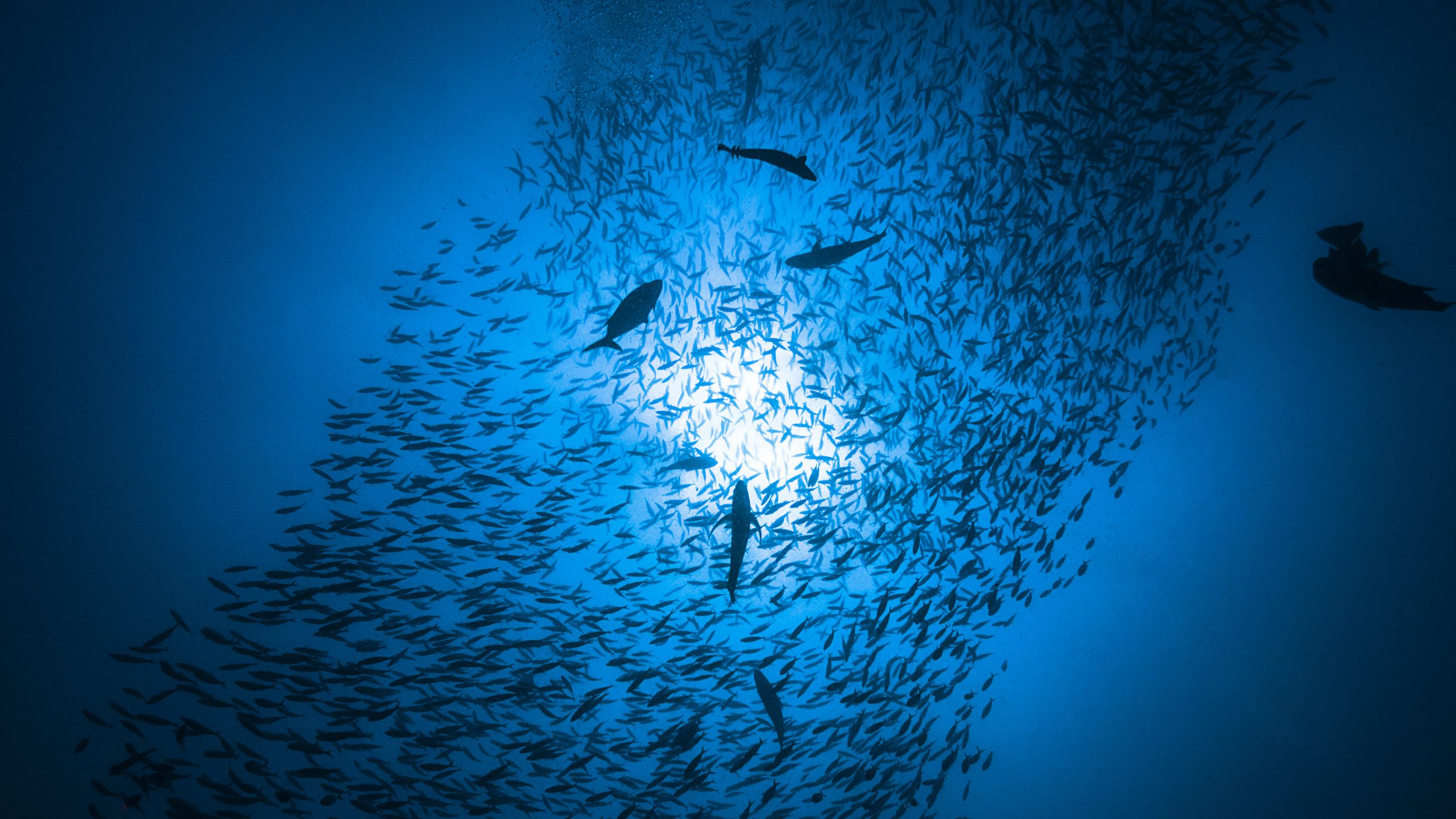A man with a big idea
With up to one million species facing extinction, Professor William Sutherland is using what he knows to help stop biodiversity loss. Because nature can’t wait.

A little over 20 years ago, Professor of Conservation Biology William Sutherland identified a significant gap in the growing field of conservation science: a lack of data-driven decision-making. This can lead to valuable and limited resources, especially time and money, being wasted.
“Conservation decisions are being made without the best available information, and funds are being wasted on actions known to be ineffective.”
Professor Bill Sutherland
Sutherland wanted to be part of the solution, so after years of academic work, “producing nerdy books and doing academic-y stuff,” he turned his attention to conservation full time. He clearly recalls the meeting that changed the course of his work. During a discussion about research strategy, Sutherland heard, “the future is evidence-based medicine.”
It was then he realised the need for evidence-based conservation.
“There’s been no feedback mechanism in conservation,” says Sutherland. “In medicine, cases are reviewed and if they didn’t go well, doctors try to work out why and are held accountable – the field has been transformed by using evidence of what works.”
Sutherland began collating conservation research data from around the world, and this work grew into Conservation Evidence, an accessible, free and authoritative resource to support practitioners and policy makers as they make decisions about how to maintain and restore global biodiversity.
It can take less than a minute to search the website and find out whether a conservation action has been effective (or not). It’s a simple concept based on a lot of hard work.
Professor Bill Sutherland. Credit: Lloyd Mann
Professor Bill Sutherland. Credit: Lloyd Mann
Use the evidence
When Conservation Evidence launched, awareness of climate change was not as prevalent as it is today. Sutherland recalls a public interest in nature and a realisation that something needed to be done, but it was less of a globally recognised crisis.
He was quick to notice a lack of organised methods of learning. “You just had to speak to people and visit sites and then gradually you accumulated knowledge,” he recalls, adding: “people talked about what worked and what didn’t but you had no idea where these beliefs came from.”
He was also struck by how often he heard stories of unsuccessful conservation work. A review of decades of expensive tree-planting programmes in northern India, for example, showed they hadn’t been effective.
And bridges meant to decrease the risk of bats colliding with vehicles are proving ineffective after more than £2 million was spent on 15 gantries in the UK. Sutherland says:
“My goal was - and still is - to change the culture so it becomes unthinkable to not use evidence in conservation.”
Conservation Evidence is now changing the way conservation projects are planned - resulting in a better use of research resources and better outcomes for nature.
So far, in collaboration with over 1,100 international group of experts, Sutherland's team has generated over 8,924 summaries of the effectiveness of over 3,690 conservation interventions for 24 species groups, habitats or other conservation issues. This has involved scanning over 1.6 million papers in more than 650 journals, including 325 journals in 17 non-English languages.
As well as the database of evidence, there’s an annual publication, What Works in Conservation, subject-specific ‘synopses’ of evidence, a journal, and a blog.
“We want people to not just generate more data, but also collate it in a way that’s easy for other people to use,” says Vanessa Cutts, a research associate who works with Conservation Evidence, adding:
“We are also working on creating guidance about how to implement our conservation actions.”
Conservation Evidence and the RSPB: a symbiotic relationship
One of Conservation Evidence’s natural partners is the Royal Society for the Protection of Birds (RSPB). The 135-year-old organisation has more than 200 nature reserves, 1.2 million members, and a long history of in-house science. It has a two-way relationship with Conservation Evidence, acting as a contributor to - and user of - the data.
Professor Jeremy Wilson, Director of Science at the RSPB
Professor Jeremy Wilson, Director of Science at the RSPB
“The RSPB has always been committed to operating as an evidence-based conservation organisation - we were an early adopter of the Conservation Evidence philosophy,” says the RSPB’s Director of Science, Professor Jeremy Wilson. “So we make a contribution to the sum of knowledge of 'what works in conservation', especially in relation to birds. There is a need to make conservation as a whole more evidence-based.”
After 30 years as a conservation scientist, Wilson notes people often think making a cultural switch to evidence-based conservation is expensive and difficult, but this is not always the case.
“You can do a great deal to move yourself into the evidence-based conservation space without it being too culturally frightening, or needing to spend vast amounts of extra resources you can't readily afford,” says Wilson, adding:
“Conservation Evidence is good at helping people recognise the value in relatively small-scale trials.”
Wilson believes Conservation Evidence is also having an impact on the funder community, with growing expectations of evidence-based approaches for groups bidding for funding.
“I think the support for resourcing the growth of science teams within other conservation organisations, particularly the charity sector, is starting to grow,” says Wilson, adding: “It’s key to support Bill Sutherland and his team in developing the future of Conservation Evidence because it provides a great service.”
Living Trial: Rush control without herbicide?
Dr Lynda Donaldson, a Senior Conservation Scientist with the RSPB, is working on a three-year project that explores alternatives to using herbicide to control rush, a grass-like wetland plant.
Rush spreads quickly, crowding out wading birds and reducing grassland biodiversity. Eleven sites in England and Wales – the majority of them RSPB nature reserves – have set up experimental plots with different rush management techniques. Roughly half the plots use herbicide, while the rest are given a variety of other treatments, involving different frequencies of cutting the rush and types of aftercare.
Dr Lynda Donaldson, Senior Conservation Scientist, RSPB
Dr Lynda Donaldson, Senior Conservation Scientist, RSPB
Donaldson and her team collect data that includes how long the rush is kept under control and the environmental conditions. She says:
“It’s an ambitious project and we’ve already collected a lot of interesting data to analyse, the outcomes of which we'll share with Conservation Evidence in due course."
A key goal of Conservation Evidence is to provide practitioners and site managers with results like these, so they can decide which approach to use. Every site has different conditions, and there may be even two or three effective solutions. The researchers work to understand the mechanisms of why a particular method succeeds, and they take a decidedly scientific approach.
“Our aim is to understand what works and why so we can make this information available to sites to help them apply the best techniques,” says Donaldson. “Since there are limited resources, it is important to use them as efficiently and effectively as we can, and use platforms such as Conservation Evidence to share our learnings.”

Evidence Champion: US Fish and Wildlife Service
The US Fish and Wildlife Service (USFWS) Division of International Conservation (DIC) recently became the first government programme named an Evidence Champion.
Evidence Champions commit to use Conservation Evidence and other relevant sources of scientific evidence at some stage of their process. They agree to the principles of evidence-based conservation, and many test new tools and guidance and help write support documents.
The 39 Conservation Evidence 'Evidence Champions' include the National Trust and the Woodland Trust.
A USFWS contingent travelled to Cambridge in June 2024 for the international workshop, Delivering the Effectiveness Revolution in Conservation: Lessons from Organisations, Policy Makers & Funders, where this new partnership was announced.
Members of the USFWS in Cambridge. From left to right: Shannon Noelle Rivera (Program Evaluator), Dr Matt Muir (Program Evaluation Officer), Dr Daphne Carlson (Head of DIC); Tatiana Hendrix (Program Officer).
Members of the USFWS in Cambridge. From left to right: Shannon Noelle Rivera (Program Evaluator), Dr Matt Muir (Program Evaluation Officer), Dr Daphne Carlson (Head of DIC); Tatiana Hendrix (Program Officer).
“Our designation as an Evidence Champion marks a significant milestone in our mission to protect the world’s diverse wildlife and their habitats,” says Daphne Carlson, Head of the DIC, adding:
“By promoting and supporting evidence-based practice in our efforts and partnerships, we are working with others to embed evidence into conservation practice.”

Human actions have adversely affected 75% of the Earth’s land and 66% of oceans, and up to a million species are facing extinction.
As the calls to action grow, Conservation Evidence continues to build its database and create partnerships with like-minded organisations.
“In Cambridge you have to have big ideas,” says Sutherland, adding:
“My big idea is that we can have significant gains in biodiversity conservation from just doing what we know works. Organisations are switching to doing that, which I think is brilliant.”
Professor Bill Sutherland is Director of Research and formerly Miriam Rothschild Professor of Conservation Biology in the Department of Zoology, and a member of the Cambridge Conservation Initiative.
Read more: It's time to look at the evidence
Research enquiries: Professor Bill Sutherland
Find out more at: www.conservationevidence.co.uk
The text in this work is licensed under a Creative Commons Attribution 4.0 International License
Published October 2024







